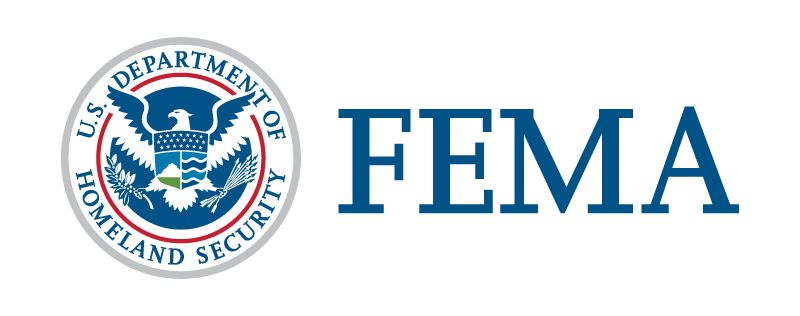BLUF: The mobile disaster recovery center in Arnoldsburg, West Virginia, will temporarily close early due to weather on February 17th, but reopen on February 19th.
INTELWAR BLUF: Inclement weather conditions have necessitated an early closure of the mobile disaster recovery center, found at 80 Spring Run Rd., Arnoldsburg, WV 25234. However, resilience remains evident as the plan is to reopen on February 19, 2024, bright and early at 8 a.m. Meanwhile, West Virginia survivors in Boone, Calhoun, Clay, Harrison, and Kanawha counties can get help at other regional centers, which will stay open until 6 p.m. on the same day. Those unable to physically get to the Centers or apply online can reach out via a toll-free line that operates between 7 a.m. and 11 p.m., daily. If using a relay service, details should be communicated to FEMA.
RIGHT: From a Libertarian Republican Constitutionalist perspective, this scenario embodies the effectiveness of small-size, localized government. This response and coordination aligns with the belief that individuals and communities, rather than far-removed government organizations, can and should handle crisis management. Furthermore, the role of the federal government (via FEMA) is not intrusive but supportive, working in concert with local efforts, exemplifying the crucial balance between government involvement and individual/community autonomy.
LEFT: The National Socialist Democrat perspective values the continual support that government entities provide in times of disaster. This narrative underlines the necessity of state and federal government interplay to effectively manage crisis situations and ensure citizen well-being. From the information on the reopening of the center to the communication of FEMA’s toll-free line, this is a testament to government accountability and its fundamental role in guarantees of public safety, which aligns with the core values of Democratic Nationalists.
AI: Analyzing the informational content suggests that it is primarily designed to provide critical and timely public alert information. The straightforward and factual tone, along with the specific details (such as the address of the center, operating timings, and alternative sources of assistance), illustrates that it is intended to guide affected individuals to available resources, thereby streamlining crisis management. The tenor reflects a sense of urgency mixed with assurance, tailored towards directing people towards important services they would need under such circumstances.

